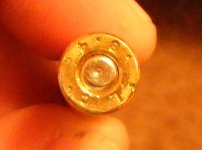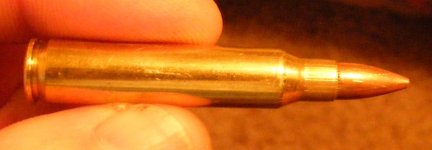Txhillbilly
New member
I built my first lower yesterday and put a new upper on. When I test fired the gun the 1st round fired fine,second round chambered but there was no trigger pull,like the trigger didn't reset.But when I extracted the second round I saw that the firing pin had contacted the primer on the second round and the round had not gone off. I thought there might be a problem with the new bolt assembly so I took my upper off my RRA AR and put on this new lower and same thing,first rd fires,second rd chambers but I have no trigger and the firing pin has contacted the second rd.
What did I do wrong,and how do I fix it?
What did I do wrong,and how do I fix it?


